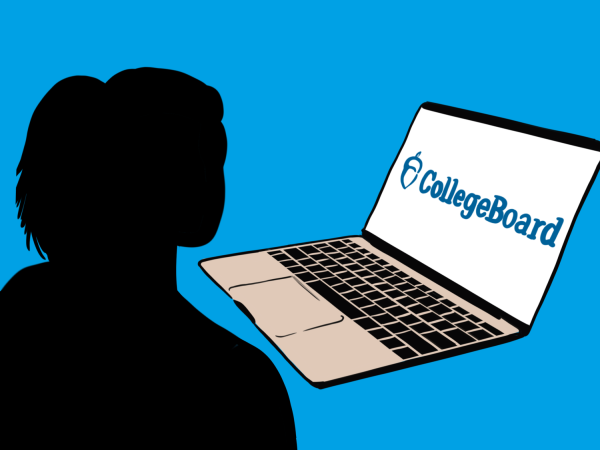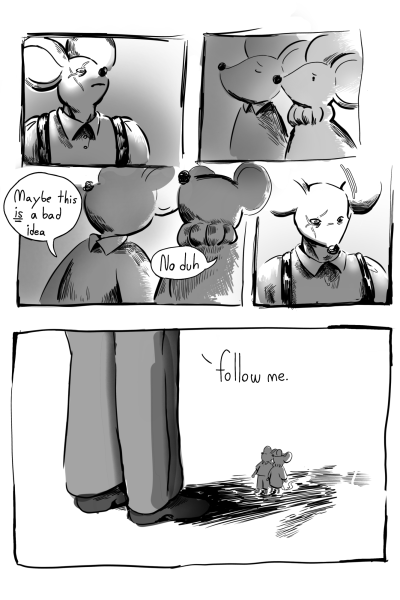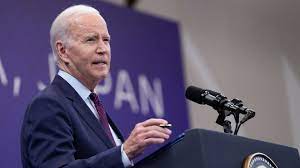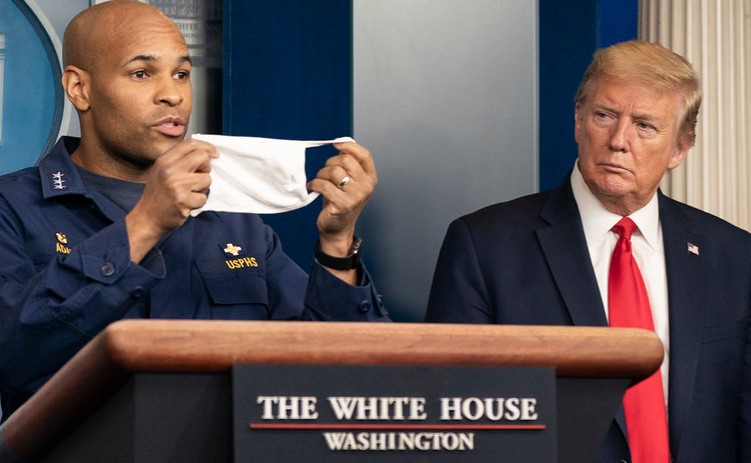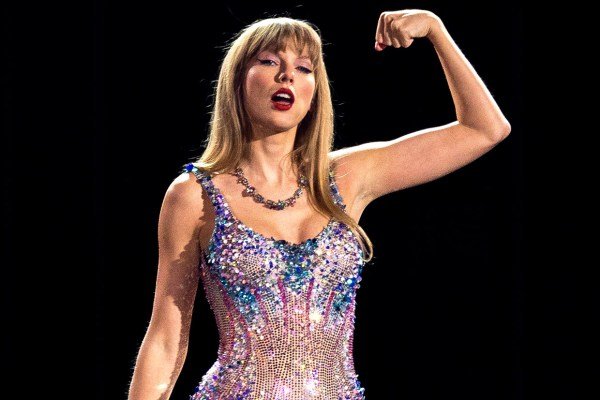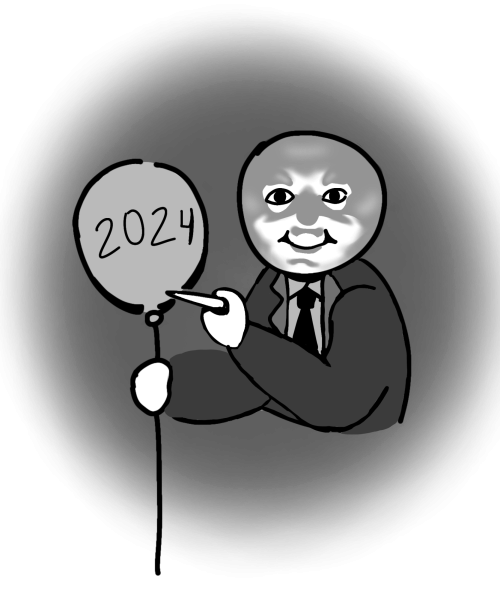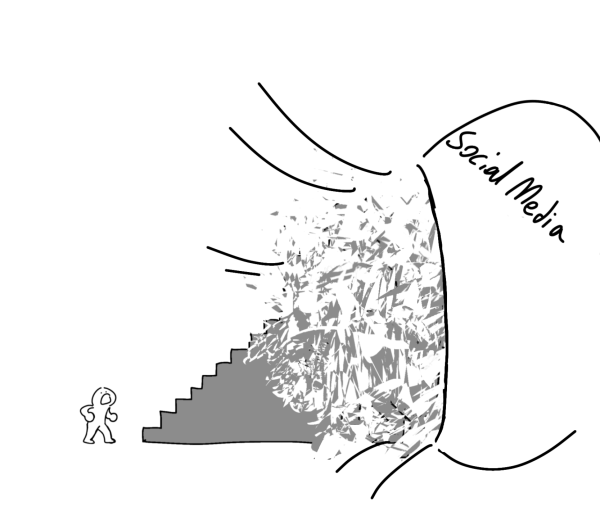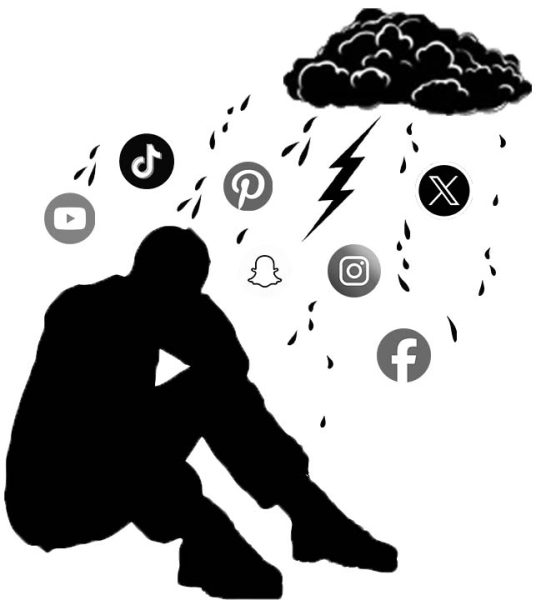Trump Has Covid. What’s Next?
Photo released by the White House
President Trump looks on as Surgeon General Jerome Adams urges citizens to wear masks.
Friday morning, I woke up smug. After grabbing my phone and hurrying to Twitter, my suspicions were confirmed: the notification I’d received around midnight had made its way onto the screens of many Americans.
Yes, by morning it was confirmed dozens of times. Donald Trump, the president of the United States, tested positive for COVID-19.
His illness comes just four days after he criticized former Vice President Joe Biden, his challenger for the presidency, for “wearing the biggest mask I’ve ever seen” at Tuesday’s presidential debate. “Every time you see him he’s got a mask,” the President sneered.
Many theorize that he caught the virus from one of his advisers, Hope Hicks, who may have caught it from the crowd at the nomination of Amy Coney Barrett or at one of Trump’s in-person rallies. Its spread was likely exacerbated by the administration’s refusal to adhere to social distancing guidelines, such as wearing masks and limiting crowd sizes.
In short, the president’s diagnosis is a direct result of his own recklessness on Capitol Hill and beyond. And with 32 days until the election, his diagnosis leaves us mulling over its uncertainties.
In the worst-case scenario, President Trump, whose age, obesity and mild heart disease makes him more vulnerable to the virus, passes away before election night. Those who agree with Republican policies, but not the president’s brazen approach, might vote for Vice President Mike Pence if he were to assume the nomination. Still, it’s unlikely that a Pence campaign could mobilize in such a short amount of time. (Remember: as of right now, this scenario is purely speculative.)
Some have even hypothesized that the election could be postponed. But that proposition seems very unlikely— the power to postpone the election is vested in Congress via Article II, Section 1 of the Constitution, and doing so would be a widely contested move across both parties.
More optimistically, President Trump’s symptoms could remain mild. White House press secretary Kayleigh McEnany says that Trump was sent to Walter Reed Medical Center “out of an abundance of caution,” and can still perform presidential duties from his hospital room. But a more optimistic conclusion for Trump could still be catastrophic for the country, if his administration weaponizes his recovery as a case for reopening the nation. For example, his administration could point to Trump’s recovery as proof that the coronavirus is not nearly as severe as opponents say.
Or better— the Trump administration finally recognizes the severity and contagion of the coronavirus, and spend their time working harder to contain it. This could mean they introduce a national mask mandate or push for more efficient testing.
It’s more likely, however, that White House staff take this as a grave reminder to take social distancing guidelines seriously: as of Saturday afternoon, the New York Times reports that eight high-profile politicians who’ve interacted with the president also tested positive, some on his own staff. Though these politicians probably won’t reshape their rhetoric entirely, they will likely be more cautious in the future. Trump’s rallies will be smaller. Seats will be six feet apart.
And the president will wear his mask.
